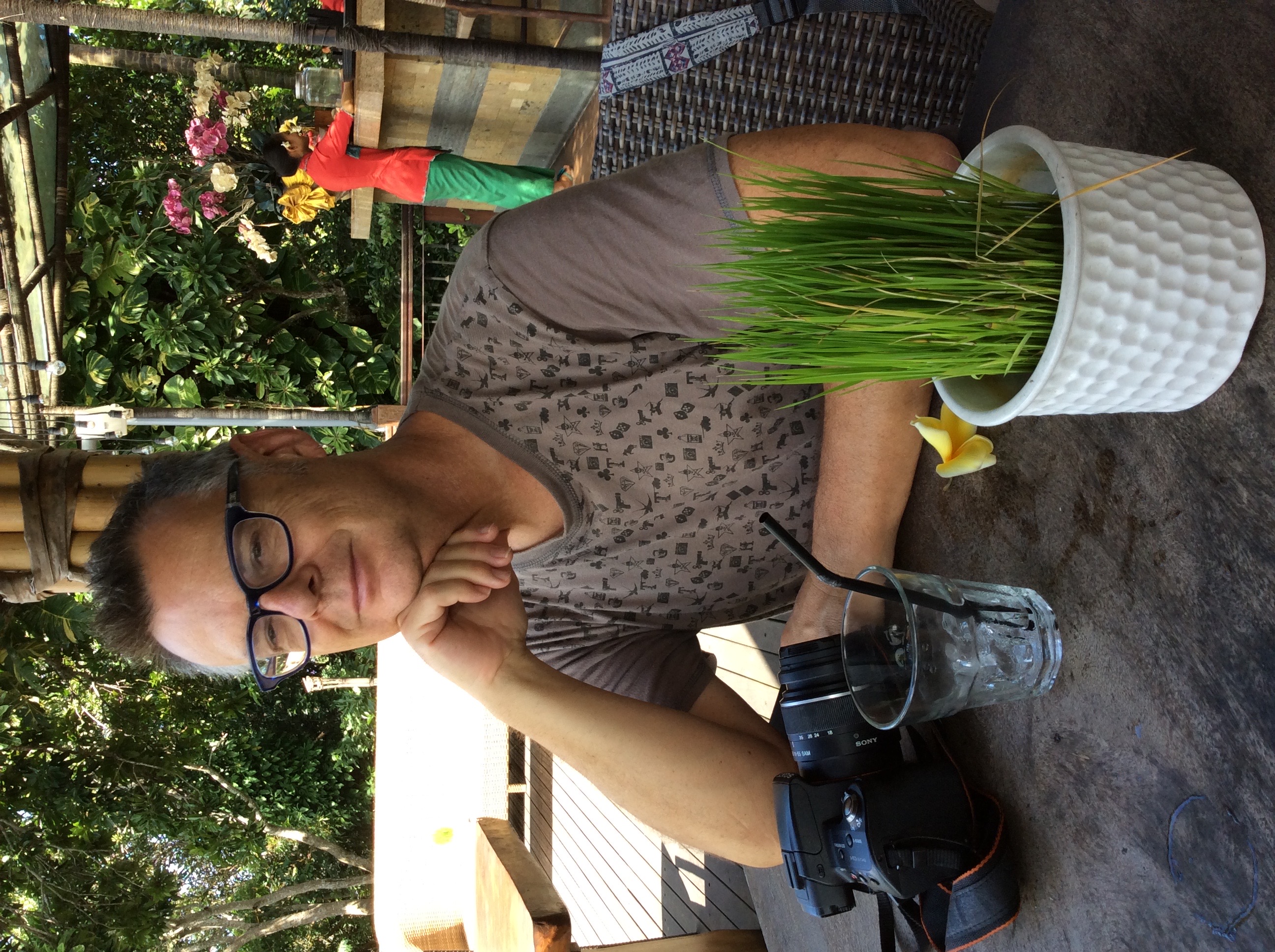The Spanish Civil War’s Persistent Images: On the Migration of Two Icons of Anticlericalism

Vicente Sánchez-Biosca is a Professor of Communication and Visual Culture at the University of Valencia (Spain) and was Chair Holder of the King Juan Carlos Center of NYU in 2013. A visiting scholar at the university of Montreal (1992-1996), Paris 3 (Sorbonne Nouvelle) (2010-2015), among others, he leads two major research projects on perpetrators and perpetration of mass crimes, focusing particularly on the crime scenes. His last books include: Cine de historia, cine de memoria. La representación y sus límies (2006); Cine y guerra civil española. Del mito a la memoria (2006); El pasado es el destino. Propaganda y cine del bando nacional en la guerra civil (with RR Tranche, 2011); and Miradas criminales, ojos de victima imágenes de la aflicción en Camboya (2017). His forthcoming book is entitled La muerte en los ojos. Qué perpetran las imágenes de perpetradoes (Alianza editorial, 2021).
About the lecture: In late July 1936, during the first days that followed the military uprising in Spain, two symbolic events shocked the world: the first occurred in Barcelona, as anarchists took over the convent of the Salesas, opened the nun’s coffins interred in the cave and displayed them before the astonished eyes of all who were present at the church’s hall; the second took place next to Getafe (Madrid) in what was considered as the geographic center of the Spanish peninsula, a hill presided over by the impressive statue of the Sacred Heart of Jesus, enshrined by king Alphonse XIII in 1919 to protect all of Spain. A group of militiamen occupied the hill and, aiming with their rifles at the monument, photographed themselves as they opened fire.
Although bloodless in a period of extreme cruelty and human casualties, these two acts of desecration were immediately re-appropriated by the enemy’s propaganda apparatuses and had an enormous impact on public opinion, causing perhaps more harm to the Republican prestige than any other campaign. Nazi and Italian Fascist propaganda did not fail to resort to them for their own struggle. What is peculiar about these two photographed and filmed scenes is their everlasting effect over the years: not only were they referred to by Francoism until the end of the regime as a warning, but they were also invoked in more recent times when the right wing ideologs contested the Socialist government’s ‘historical memory’ project around 2007.
This paper delves into the complex iconic and symbolic sources of those events, as well as closely examining their migration and repurposing in different visual, ideological and political frameworks from 1936 until recently.
Sponsored by Spanish and Portuguese Studies, the Center for Holocaust and Genocide Studies, CLA Office of the Dean, and Institute for Advanced Study